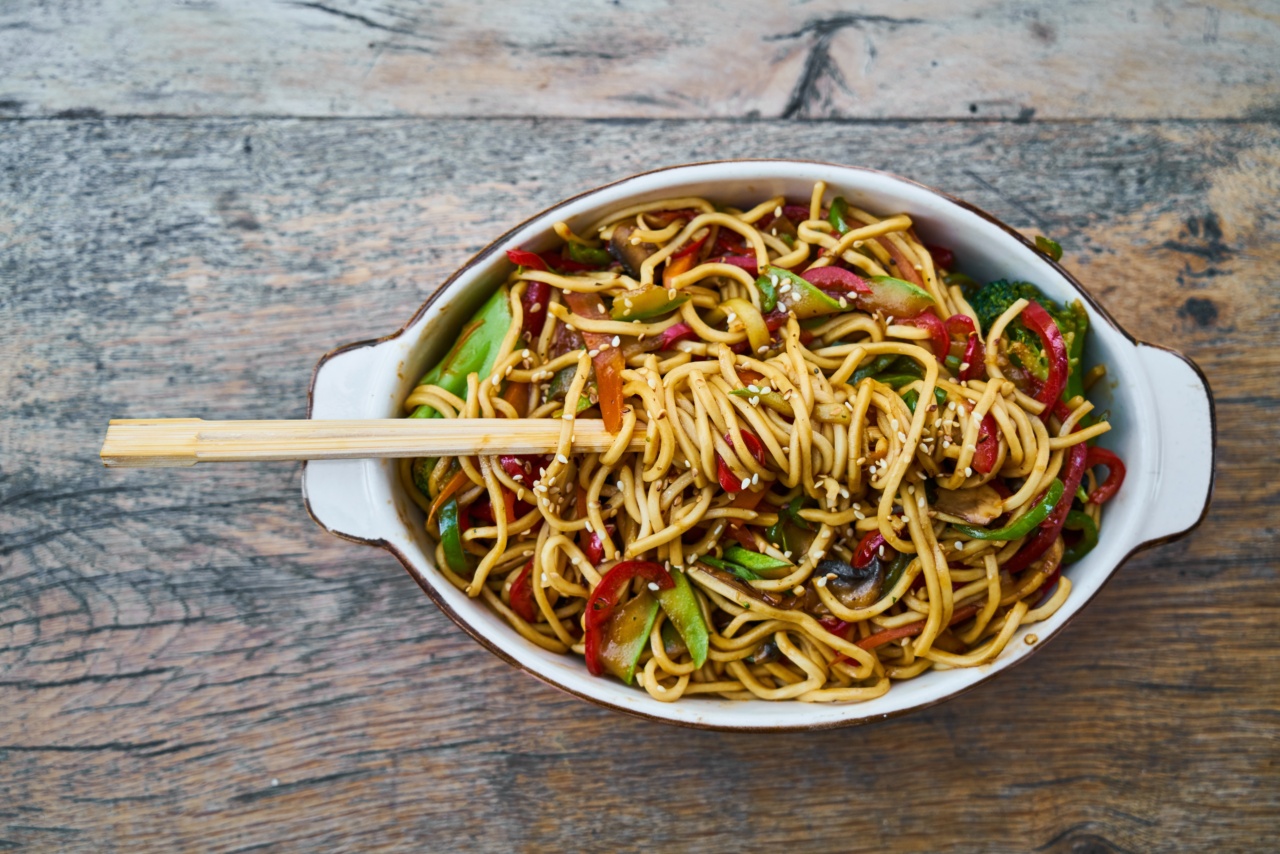Blending fruits and vegetables is an excellent way to get all the essential nutrients needed for a healthy body. It’s a quick and easy way to get a variety of vitamins and minerals into your system in a single drink.
However, the way you blend can have an impact on how much of those nutrients you can absorb. This article explores how to blend foods to keep its nutrients intact and maximize the benefits of your smoothies and juices.
Why Blenders Are Popular for Smoothie Making
One of the main reasons why using a blender is popular for making smoothies is the ability to blend whole fruits and vegetables, including their skins and seeds.
Often, these parts of the plant are highly nutritious and can add fiber, vitamins, and minerals to your drink. Blending can also break down tough fibers, which makes it easier for your body to digest and absorb the nutrients from your drink.
The blending process also creates a homogenous mixture that can help your body digest and absorb nutrients better.
When whole foods are blended, the cellular walls of the plants are broken down, and the nutrients within the cells are released, making it easier for the nutrients to be absorbed by the body.
Beware of Overblending Your Smoothies and Juices
While a blender can be a wonderful kitchen tool to prepare your smoothies and juices, overblending can lead to nutrient loss. Overblending foods can cause heat to generate, and this can destroy some of the nutrients present.
Over time, enzymes within the fruits and veggies can also be compromised, leading to nutrient loss.
Another risk of overblending is the potential for oxidation. When you blend foods for too long, the oxygen inside the blender interacts with the ingredients, causing them to oxidize.
This can lead to the loss of some of the essential nutrients that are inherently unstable when exposed to oxygen.
Choose the Right Equipment for Blending
Choosing the right equipment when blending is crucial in keeping the nutrients intact. If you are blending foods like leafy greens and fruits high in water content, a high-speed blender is a good choice.
High-speed blenders are powerful enough to blend whole foods into a smooth, creamy consistency. The result is a homogenous mixture that is easy for your body to digest, making it easy to absorb the nutrients present.
However, when blending harder foods like nuts, seeds, or spices, a more powerful blender may be necessary. These foods may need more blending time and more power, so choosing a powerful blender is ideal.
A high-quality blender with a powerful motor can unlock the full potential of more alkaline-rich foods like kale or wheatgrass.
When shopping for a blender, consider the blades, the motor power, and the capacity of the container.
The blades should be durable and sharp enough to blend tough ingredients, while the motor power should be high enough to handle blending the ingredients completely. The container’s size should be enough to hold your desired quantity of ingredients as you blend.
Keep Ingredients Dense in Nutrients
Because blending tends to break down plant fibers, some nutrients can become oxidized while blending. However, many nutrients present in fruits and vegetables are heat sensitive, and they can be destroyed by high heat.
When blending, it’s important to use ingredients with dense nutrients that can withstand heat and blending.
The ideal ingredients for blending are nutrient-dense vegetables, such as kale, spinach, and collard greens.
These types of veggies contain high amounts of nutrients like vitamins A & C, iron, and calcium, making them an excellent choice for blending. Other nutrient-dense foods like nuts, seeds, and spices can also be added for an added boost of protein and healthy fats.
Experiment with Blending Times and Ratios
Blending times and ratios can vary depending on the intensity and complexity of the flavors in the ingredients. When blending fruits, it’s essential to control the timing and speed to prevent overblending and loss of nutrients.
Use a low to medium speed and blend for a maximum of 30 seconds to keep the nutrients intact. Similarly, when blending vegetables, choose the right speed and don’t exceed 60 seconds.
The right ratios of ingredients can also maximize nutrient absorption. A good rule of thumb is to include a balanced mix of fruits and vegetables in your blends.
This way, you will get a variety of nutrients like vitamins, healthy fats, and fiber from the plant’s skins.
Conclusion
The blending process can be an excellent way to incorporate all your essential nutrients with ease.
To keep the nutrients intact, keep the blending time short, choose a powerful blender, experiment with the right ingredient ratios, and use dense nutrient ingredients for the maximum benefit of your smoothie or juice.






























